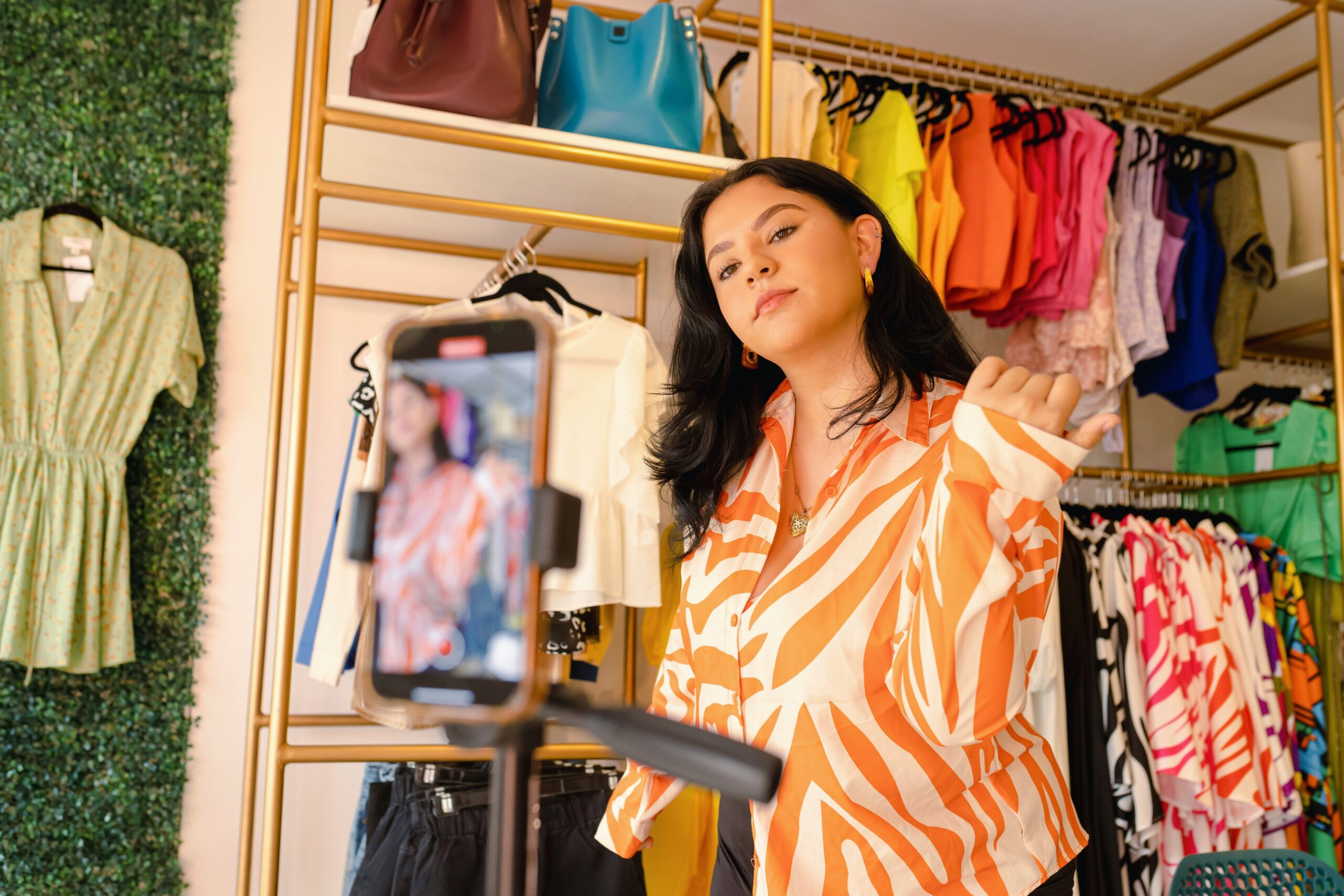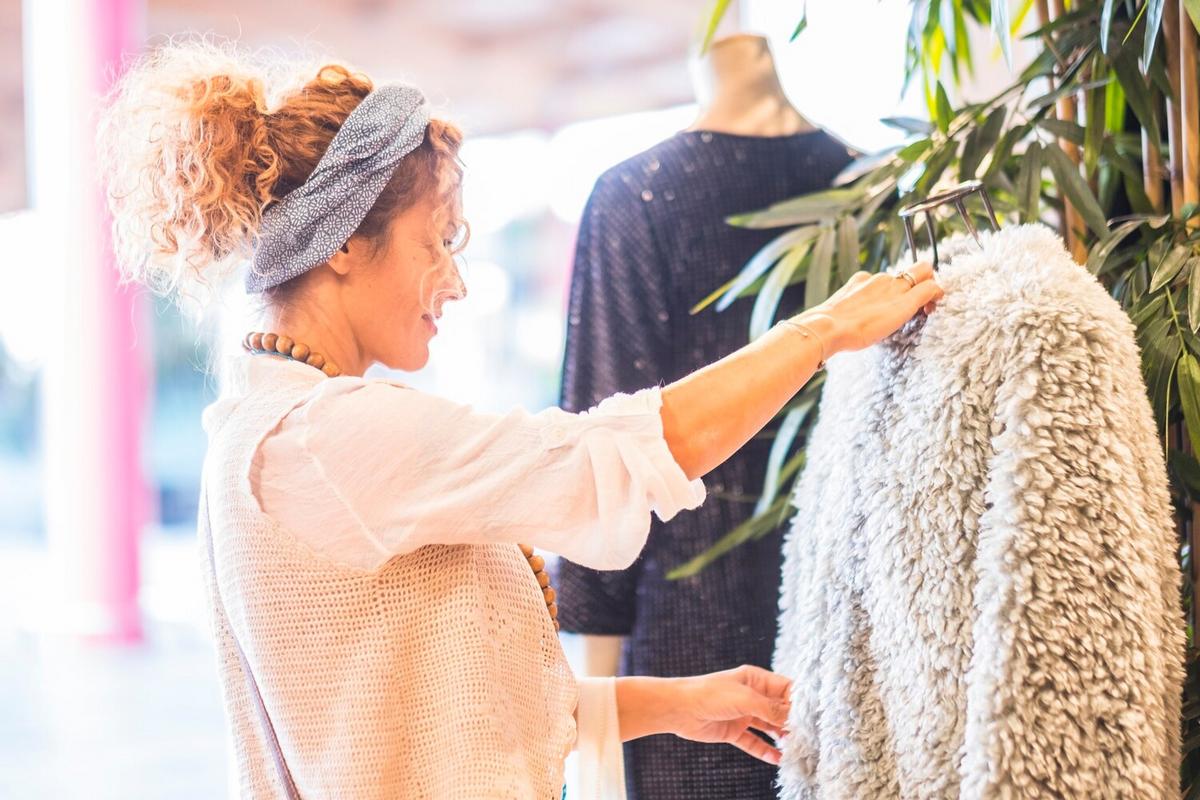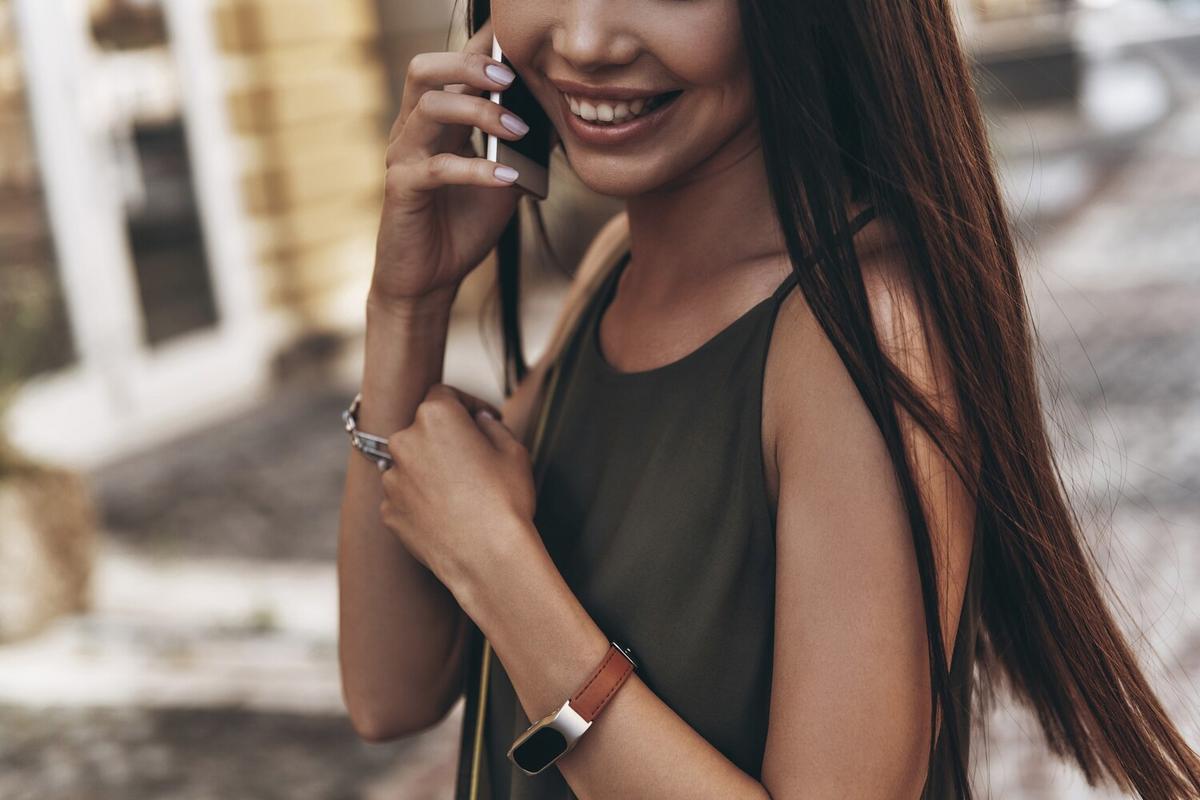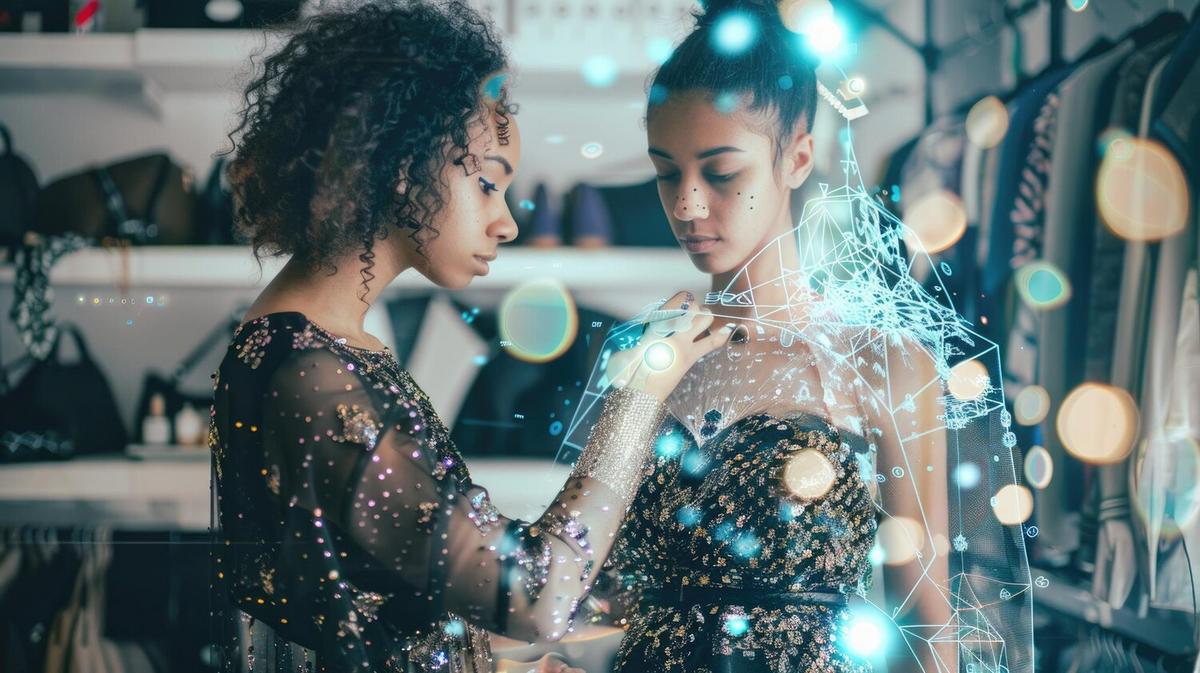
How Influencers are Shaping Fashion Trends Today
The dynamic world of fashion is continuously evolving, and in recent years, influencers have become pivotal in shaping trends and setting the tone for what’s in vogue. With platforms like Instagram and TikTok, these digital fashion icons reach millions, wielding significant influence over consumer choices and brand reputations.
Fashion influencers have carved a niche in the modern style landscape, bridging the gap between high-end designers and everyday consumers. Their impact is profound and multifaceted, with several key elements contributing to their powerful role.
The Rise of Influencers in Fashion
Influencers have democratized fashion, making it more accessible and relatable. According to a report by Business of Fashion, nearly 70% of consumers follow influencers to gain insights into fashion trends. Influencers like Chiara Ferragni and Camila Coelho have showcased how personal style can transform into a global brand.
Expert Opinions
Industry experts highlight the authenticity and relatability of influencers as key factors in their impact. Fashion analyst Lisa Aiken notes, “Influencers provide a peer-to-peer recommendation that traditional advertising lacks, making them trusted sources for style inspiration.”
Statistics and Research
A study by Fashion United reveals that 80% of fashion brands engage with influencers as part of their marketing strategy. This collaboration is not just about exposure; it’s about tapping into the influencer’s loyal audience base.
Personal Anecdotes
Emma, a fashion enthusiast, shares how following influencers helped her redefine her wardrobe. “Seeing how influencers style pieces in everyday settings gave me the confidence to experiment with my outfits,” she explains.
How Influencers Shape Trends
Influencers are not just trend followers; they are trendsetters. They often showcase unique styles that resonate with their audience, encouraging brands to take note and adapt their collections accordingly. For instance, the resurgence of vintage styles can be attributed to influencer-led initiatives on social media.
Actionable Tips for Brands
- Engage with influencers who align with your brand values.
- Focus on building long-term relationships rather than one-off collaborations.
- Encourage influencers to provide honest feedback on your products.
Pro Tip: When selecting influencers, consider their engagement rate and audience demographics to ensure alignment with your target market.
Influencer Impact: A Comparative Overview
| Aspect | Traditional Marketing | Influencer Marketing |
|---|---|---|
| Reach | Mass audience | Targeted niche |
| Authenticity | Perceived as commercial | Peer-driven trust |
| Cost | High | Varied |
| Engagement | Limited interaction | High engagement |
| Conversion | Lower | Higher |
| Feedback | Delayed | Real-time |
| Content | Brand-created | User-generated |
| Trend Influence | Slow | Fast-paced |
FAQs
How do influencers choose which brands to work with?
Influencers typically choose brands that align with their personal brand and values. They consider factors like product quality, brand reputation, and audience interest.
Are influencer collaborations effective for small brands?
Yes, small brands can benefit from influencer collaborations by accessing niche markets and gaining brand visibility among targeted audiences.
Conclusion
Influencers are undeniably reshaping the fashion industry, offering brands new avenues to connect with consumers. By understanding and leveraging the power of influencers, brands can not only stay ahead in the fashion game but also foster meaningful relationships with their audience. As the landscape continues to evolve, staying informed and adaptable will be key to success in the ever-changing world of fashion.


